Artificial heart valve from the 3D printer
- Details
- Hits: 7569
The manufacture of artificial heart valves has made significant advances in recent years and a variety of methods and materials are available for their manufacture. Fergal Coulter has in one Research Project a bio-inspired one artificial heart valve im 3D pressure Process manufactured. This article describes how a dispenser of the series is used for a computed tomography measurement in additive manufacturing Eco PEN from the Viscotec daughter Preeflow is used.
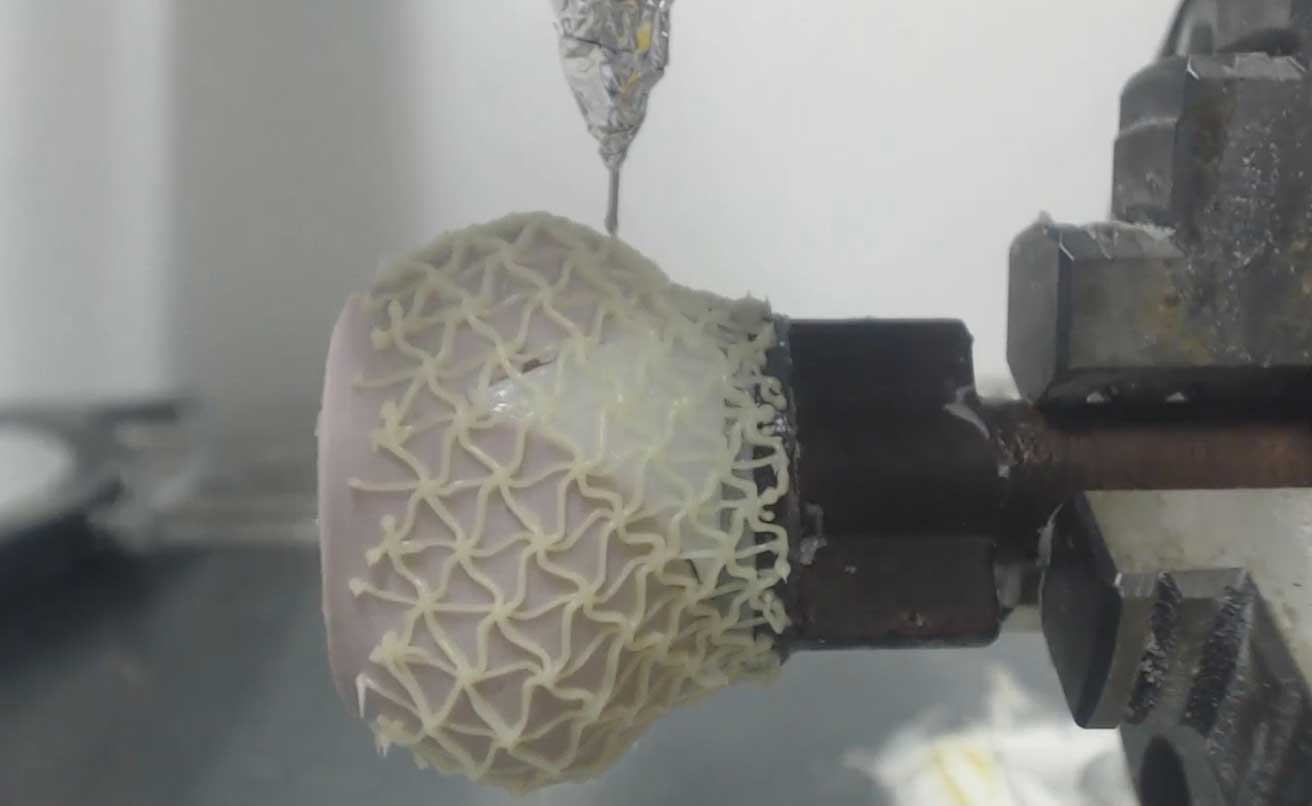
Contents
- Current status and trends in artificial heart valves
- Fergal Coulter relies on customer-specific polysiloxanes
- Dispenser prints artificial heart valves and stents
- For the heart valve surgeries of the future
- What is an artificial heart valve?
- How long can you live with a new heart valve?
- What types of artificial heart valves are there?
Current status and trends in artificial heart valves
The most common methods used to manufacture artificial heart valves are mechanical design and biological design. At mechanical heart valves are flaps made of durable materials such as metal alloys (e.g. titanium) or polymers (e.g. carbon fiber). These flaps offer excellent durability and have a long service life. However, they are less flexible than biological valves and require lifelong use of blood thinners to reduce the risk of blood clots.
 3D Printer Material | from plastic to metal
3D Printer Material | from plastic to metal
biological heart valves are made from animal tissue, usually from pigs or cattle. These valves offer more natural functionality and do not require a lifetime of blood thinners. However, they have a limited shelf life and may need to be replaced over time.
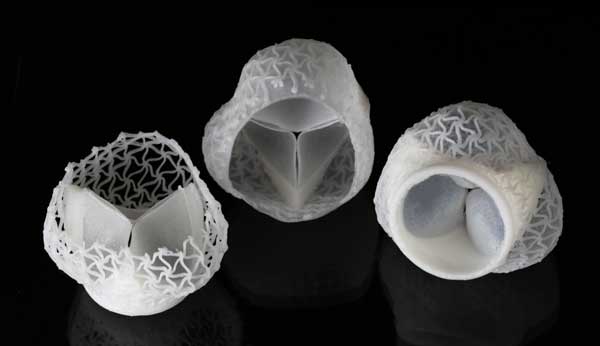 In recent years, new processes and materials have emerged, e.g. B. replace the old Smeloff-Cutter heart valve and combine the advantages of mechanical and biological heart valves. An example of this is the so-called biological-mechanical valvesthat are made from a combination of animal tissue and durable materials. These valves offer improved durability and functionality compared to purely biological valves.
In recent years, new processes and materials have emerged, e.g. B. replace the old Smeloff-Cutter heart valve and combine the advantages of mechanical and biological heart valves. An example of this is the so-called biological-mechanical valvesthat are made from a combination of animal tissue and durable materials. These valves offer improved durability and functionality compared to purely biological valves.
In addition, also new materials such as biocompatible polymers and tissue engineering techniques to further advance the development of artificial heart valves for cardiac surgery. These materials have the potential to improve the durability and performance of artificial valves.
Another trend in the manufacture of artificial heart valves is the development of personalized flaps. With advanced imaging techniques and 3D printing processes, heart valves can be tailored and adapted to the specific needs of the patient. This allows for a better fit and functionality of the flaps.
Overall, the production of artificial heart valves is in a constant development process. Current trends focus on improving valve durability, functionality and customization to improve patient quality of life and reduce the need for repeat procedures.
Fergal Coulter relies on customer-specific polysiloxanes
 Fergal Coulter of the Complex Materials Group of ETH Zurich used customer-specific medical-grade polysiloxanes with chemicals for the manufacture of the artificial heart valves. These become stiff, medium or soft silicones after UV-triggered polymerization. The materials meet biocompatibility standards for cytotoxicity, irritation and skin sensitization.1
Fergal Coulter of the Complex Materials Group of ETH Zurich used customer-specific medical-grade polysiloxanes with chemicals for the manufacture of the artificial heart valves. These become stiff, medium or soft silicones after UV-triggered polymerization. The materials meet biocompatibility standards for cytotoxicity, irritation and skin sensitization.1
Artificial heart valves built up layer by layer
Based on the results from the Computed Tomography of a patient a personalized, 3D printed mandrel is made. With the Preeflow Eco-PEN300 1K dispenser, part of the artificial heart valve is applied to the mandrel in a first production step. The dispenser also applies silicone reinforcement fibers to the leaflets and then reinforces the edges.
The individual areas of the heart valves, too intra-aortic triangles, are constructed according to the scan of the patient's aorta root. The silicone is then crosslinked with UV light. In the second step of additive manufacturing of the aortic valve replacement, the aortic root is created as a silicone mold.
A comes to temporarily encapsulate the valve Alginate for use. This cap protects the aortic valve. It also enables the application of an overhanging artificial vascular system and integrated stents.
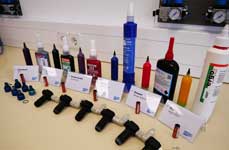 Dispenser for anaerobic adhesives tested in long-term tests
Dispenser for anaerobic adhesives tested in long-term tests
For this purpose, the assembly is scanned with a 1-dimensional laser. The surface is reproduced virtually in the computer. The toolpaths for an auxetic geometry of the stent is calculated. Then it is printed again with the dispenser.
The printed struts are approximately 0,3 mm thick. The Valve mandrel can be removed. The alginate cap is removed by dehydration in the oven. Depending on whether a coating was sprayed on as an intermediate step or not, a patient-specific artificial heart valve with a covered or fenestrated aortic stent is obtained.
Inspired by human biology
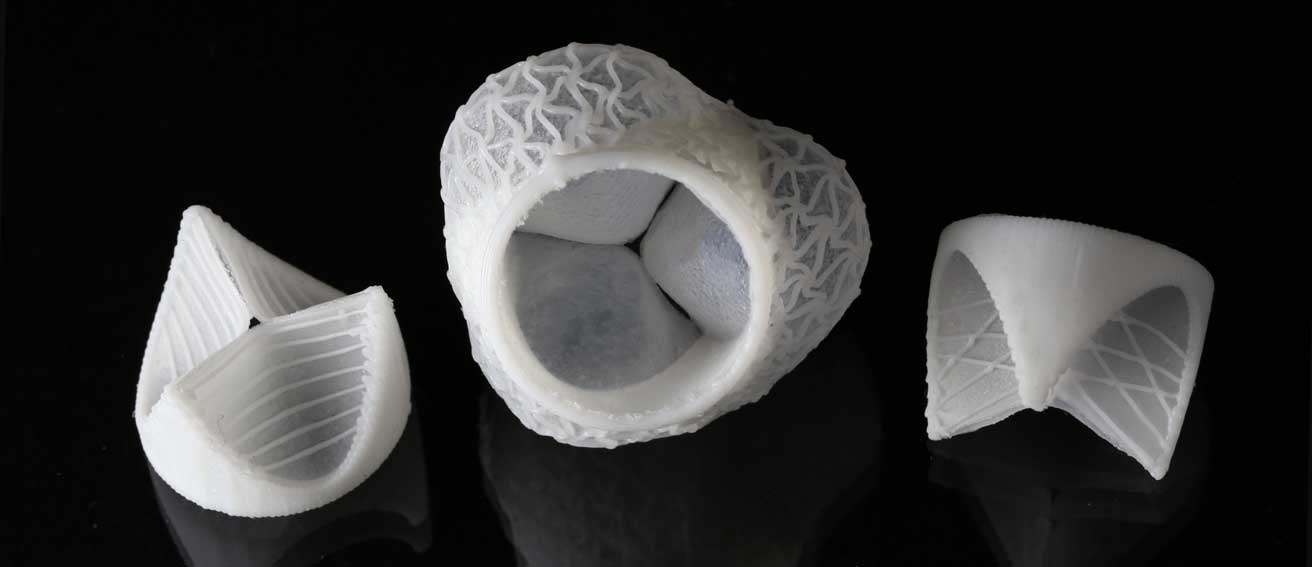
The artificial heart valve is based on human biology in the form of a 3-leaflet heart valve. The geometry is individual and leads to a tailor-made, synthetic product.
Digital fabrication makes it possible heart valve prostheses as a functional implant. The 3D printing process is seen as promising for the future compared to existing mechanical heart valves and valves made of tissue.
Five reasons for additive manufacturing of artificial heart valves
- On the basis of the patient's CT image of the heart valve, absolutely individual heart valves can be produced.
- 3D printed artificial heart valves are inexpensive to manufacture.
- With the materials used, immunosuppressors or blood thinners may be dispensed with in the future.
- The design and geometry of the printed heart valves are similar to the biological model, as is the functionality. This was tested in detail in Coulter's experiments on physiological blood pressure.
- The printed fiber-reinforced heart valves are only slightly mechanically stressed and have excellent hemodynamics. (= Study of the movement of blood in the vascular system).
Dispenser prints artificial heart valves and stents
Task of the Eco-PEN dispenser is to ensure the stability of the heart valve and leaflet valves. So that the system does not collapse when used under physiological conditions. As described above, the Eco-PEN300 prints part of the heart valve and a stent (= medical implant to keep vessels or hollow organs open) or a stent-like structure for stability. The Eco-PEN also builds the scaffolding for the heart valves.
For the implementation in this sensitive area, an absolutely consistent precision in the area of the microdosing: The repeat accuracy with such small quantities to be dosed must be guaranteed. The lightweight Preeflow dispensers from Viscotec were convincing here. The Preeflow dosing technology is complemented by an agile one Robotic system. Because the needle must always point vertically to the precisely manufactured mandrel.
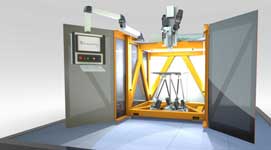 3D printer | Additive manufacturing of plastic parts
3D printer | Additive manufacturing of plastic parts
Fergal Coulter on working with the Preeflow Dispenser: “The Eco-PEN is an excellent one extruder to print several different Materialsthat have different viscosities and rheological properties. The precise volumetric dosing of the dispenser eliminates fluctuations in the flow of material during lengthy prints. This also reduces the time required to adjust pressure profiles in order to achieve a constant material flow.
Advantages of the high-precision dispenser
The Preeflow dispensers can be connected easily and flexibly individual geometries to adjust. For easy integration, the Eco-PEN300 is used at a distance of 300 µm and perpendicular to the curvature of the surface to be applied. Smallest dosing quantities with an absolute repeat accuracy of> 99% can be realized.
Representation of the 3D printing process
In order to meet the requirements of the 3D printing market, Viscotec started its own business in 2016 Development additive manufacturing brought to life. In this context, the portfolio was also expanded. In the meantime, this has resulted in various 3D print heads that can print one-component and two-component fluids and pastes and are even better suited for additive manufacturing.
For the heart valve surgeries of the future
A vision by Fergal Coulter for future research should make it possible to print stem cells (incorporate stem cells) and build them into the valve. This would correspond to the personal morphology.
 3D printing service – online and fast
3D printing service – online and fast
Even if this is still a long way off, there are already initial ideas cell loaded hydrogels to be used in 3D printing. One such project was also implemented with a Preeflow Eco-PEN: living cells were dosed without damaging them. The application was "living" ventilation slots in sportswear.
General technical knowledge
What is an artificial heart valve?
An artificial heart valve is a medical implant that restores natural blood flow in patients with defective or diseased heart valves. There are two main types of artificial heart valves: mechanical and biological. When an artificial valve is implanted, the patient must be connected to a heart-lung machine, which takes over the function of the heart and lungs during the operation. Artificial heart valves can also be used to treat abnormal heart rhythms by allowing normal heart function and blood flow.
How long can you live with a new heart valve?
The life span after a new heart valve is inserted can vary significantly, depending on various factors such as the patient's age and general health, the type of valve used (mechanical or biological), and other comorbidities.
According to a study from the medical journal 10-year survival rate for patients with artificial heart valves, it is now 50 to 60%, regardless of whether a mechanical or biological valve is used.
For older patients over 80 years of age or younger patients with a life expectancy of less than 10 years, a Transcatheter Aortic Valve Implantation carried out.
The advantage of mechanical heart valves is that although they require lifelong anticoagulant treatment, they have a virtually indefinite lifespan. Almost all patients with a heart valve prosthesis can lead a normal life without restrictions. Life expectancy is no longer significantly restricted today.
What types of artificial heart valves are there?
There are several types used in modern medicine to replace defective or diseased natural heart valves. Among the most commonly used are mechanical heart valves and biological heart valves.
- Mechanical heart valves are made of durable materials such as metal and special plastics. They are very resilient and last a lifetime, but require lifelong anticoagulant therapy to minimize the risk of blood clots.
- biological heart valves originate either from human donors (homograft) or from animals (usually pigs or cattle - xenograft). They are biocompatible and typically do not require anticoagulant therapy, but have a limited lifespan and may need to be replaced after 10 to 20 years.
- Tissue engineering heart valves is a newer generation of artificial heart valves made from the patient's own cells to minimize the risk of rejection and provide a long-lasting solution.
You might also be interested in...
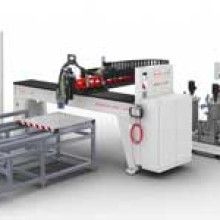
Microdosing of adhesive for the production of fiber optic cables
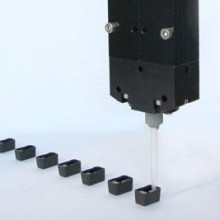
Optimized dispenser series and new rotor material for dosing technology
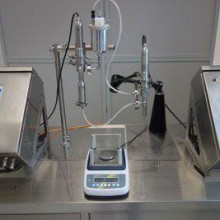
Filling and dosing of solids-laden liquids without sedimentation

Fast product changes when dosing different viscosities
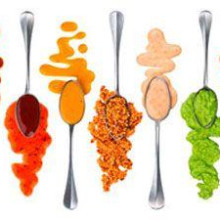
Continuous filling of lumpy sauces in tubular bags
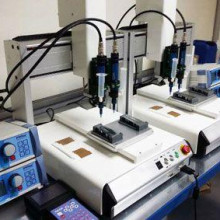
Precise dosing of automated inking of emblems

Angela Struck is editor-in-chief of the development scout and freelance journalist as well as managing director of Presse Service Büro GbR in Ried.
